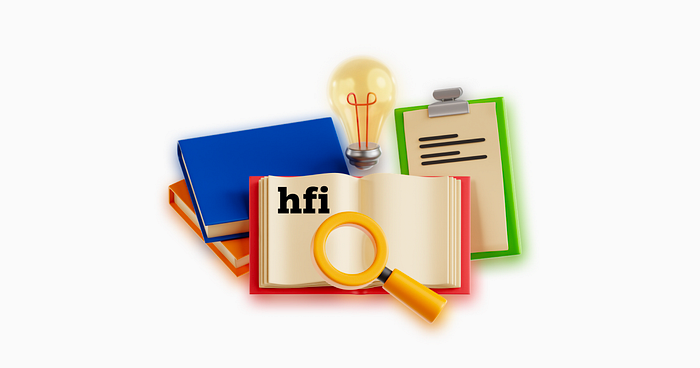Intro
I took the Human Factor's International Certified Usability Analyst Course course back in 2021, from 19 Jun 2021 to 11 July 2021. Prior to COVID-19, these courses used to be more expensive as they were held in-person, at convention halls.
Course Overview
- Price: SGD4,500
- Duration: 7 days (9 AM to 5.30 PM)
- Delivery Format: Zoom
- Other Tools Used: Miro, Google Docs
- Link to HFI Page: https://www.humanfactors.com/hfi-training/certification/get_cua_certified.asp
To achieve certification as a usability analyst, I had to complete all 4 modules and a 3-hour 100 MCQ exam.
Here's a brief overview of the topics covered:
Module 1: User Experience Foundations
Description
This course teaches you to apply key understandings about human vision, intellect, memory, and motor functions directly to design decisions.
Key Takeaways
- Understanding the VIMM (Vision, Intellect, Memory, and Motor) model
- The science behind chromatic aberration and its impact on design
What Could Be Improved
- The explanation about chromatic aberration could have been clearer and included more examples. I ended up doing a lot of online research to really understand it because the instructor's explanation didn't make it very clear.
Module 2: User-Centered Analysis and Conceptual Design
Description
This course focuses on analyzing user requirements for designing intuitive software interfaces
Key Takeaways
- Learning to calculate and measure usability ROI
- Understanding the importance of personas and the right way to create them
- Introduction to Design Strategy Framework and Task Prioritisation
What Could Be Better
- This module might seem a little abstract for beginners who have never worked on a UX project before. I took this course with a group of around 20 students and the majority of them did not have any background knowledge in UX or design. During the course, they seemed a little lost and couldn't really understand how to use the task profile table.
Module 3: The Science and Art of Effective Web and Application Design
Description
This course combines usability research with principles of visual design for creating effective web and application designs.
Key Takeaways
- The benefits of user-centered design
- Different types of navigation
- Designing for visual attention
What Could Be Better
- More focus on designing for error states and accessibility. In real projects, the golden/happy flow is often the easiest to visualise compared to unhappy flows. There's so much to cover just for error state.
Module 4: Practical Usability Testing
Description
This course covers techniques for usability testing and aligning designs with user needs, limitations, mental models, and cognitive styles.
Key Takeaways
- The importance of testing with 10 users (instead of 5)
- How to design a comparison study
What Could Be Better
- Clarification on the roles of facilitator and observer; it wasn't clearly explained by the instructor
- More time for activities
- Continuity in instructor coverage — They had a substitute instructor for this module but he was not able to deliver the whole subject clearly
Materials
Hardcopy
Physical books for the 4 modules were mailed to my house 1 week prior to the start of the course, together with 4 sets of activity books for each module and 1 glossary book. Total of 9 books.
Softcopy
Password-protected documents for each module and accompanying activity books were emailed to me a few days before too. Total 8 documents. You will need to download an app called LockLizard in order to view these.

Exam
The exam is open book and 3 hours long, with 100 MCQ questions. It is conducted remotely too, like the lessons. Upon launching the exam, connection to all other apps or web browsers on your computer will be disabled; so no, you cannot listen to Spotify during the exam.
You will know your results almost immediately once you submit them. It looks something like this:

Your certificate will be emailed to you in the next few weeks. For mine, I finished my exam on 31 August 2021 and received my digital certificate via email on 15 September 2021.
Preparation Tips
Pace yourself evenly
The exam is split into 4 sections to cover all 4 modules. The weightage for the modules is different too, so spend more time on the higher weightage modules.
Understand the content thoroughly
In my case, only about 10% of the questions came from textbooks. All other questions are application questions, as such the answers cannot be found in the books.
Prepare a personal glossary for quick referencing during the exam
Prior to the exam, I wrote down on a piece of A4 paper the key concepts and the page number of each concept, in case I needed to quickly reference something. 3 hours is not enough to flip through every single page of 4 different books.
Who Should Consider This Course
This course offers a great introduction to user experience and user interface design. It is particularly suitable for beginners and equips you with valuable insights and skills in the field of usability analysis and design.
Who Might Not Need This Course
This course doesn't cover using specific design tools like Figma or building websites. Instead, it's all about the design thinking process. So, if you're looking to learn how to create a website or if you're a small business owner trying to understand website development, this course isn't the right fit for you.
More questions?
If you have more questions, feel free to ask, and I'll be happy to answer them.
If you enjoy what I write and want to read more like it, please consider following me and sharing this story.
https://fionalim.co/ | LinkedIn | Instagram


